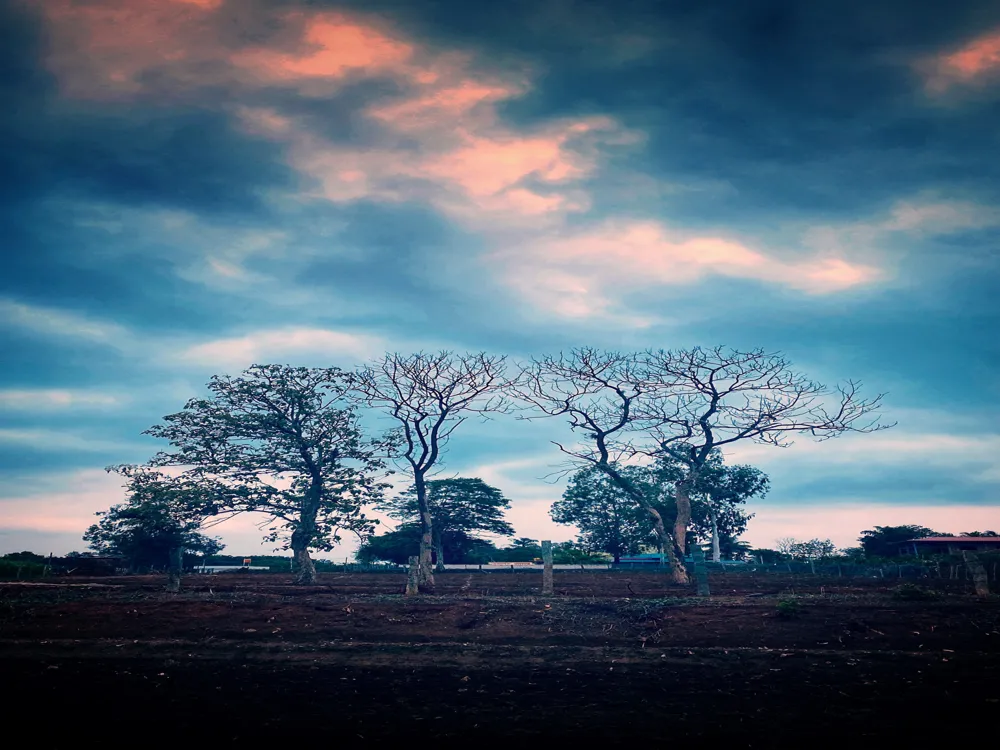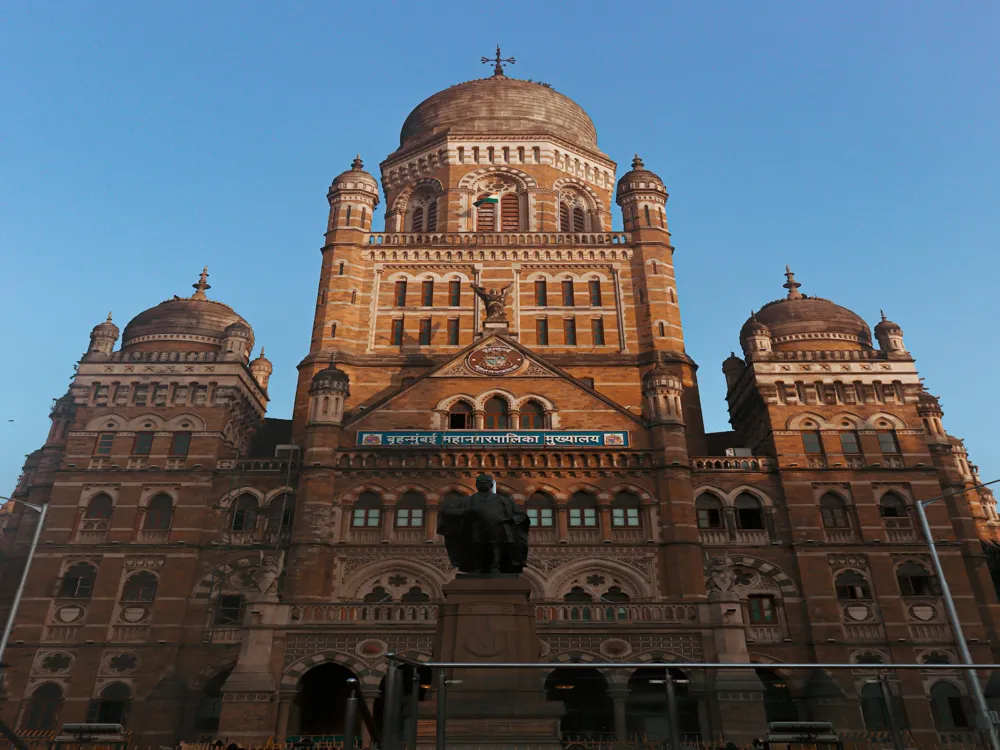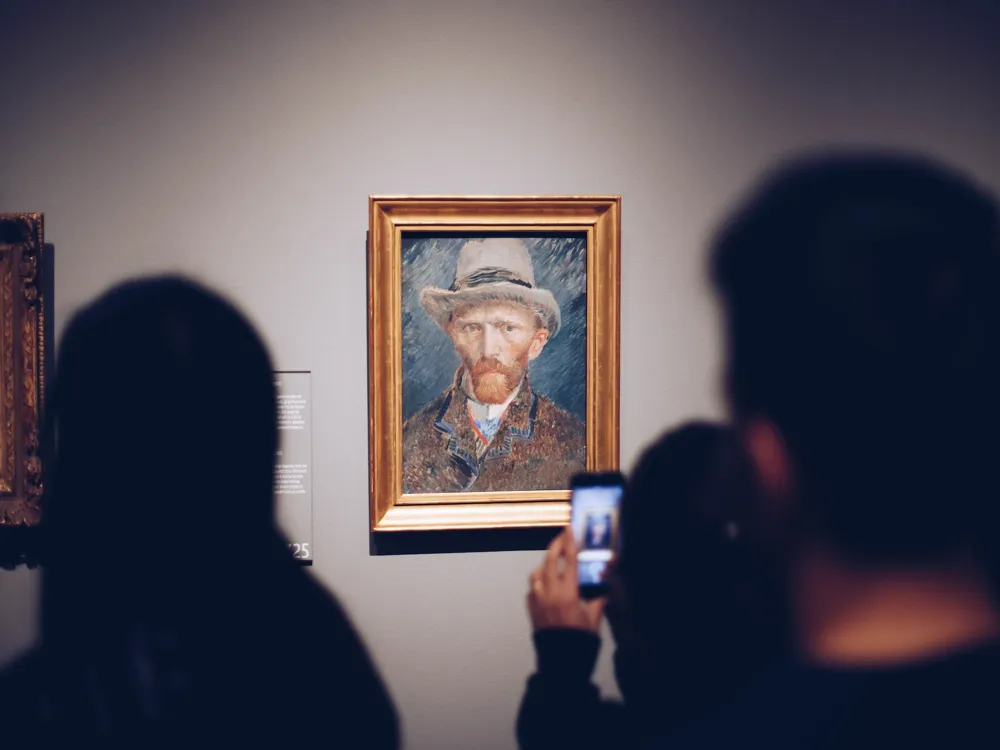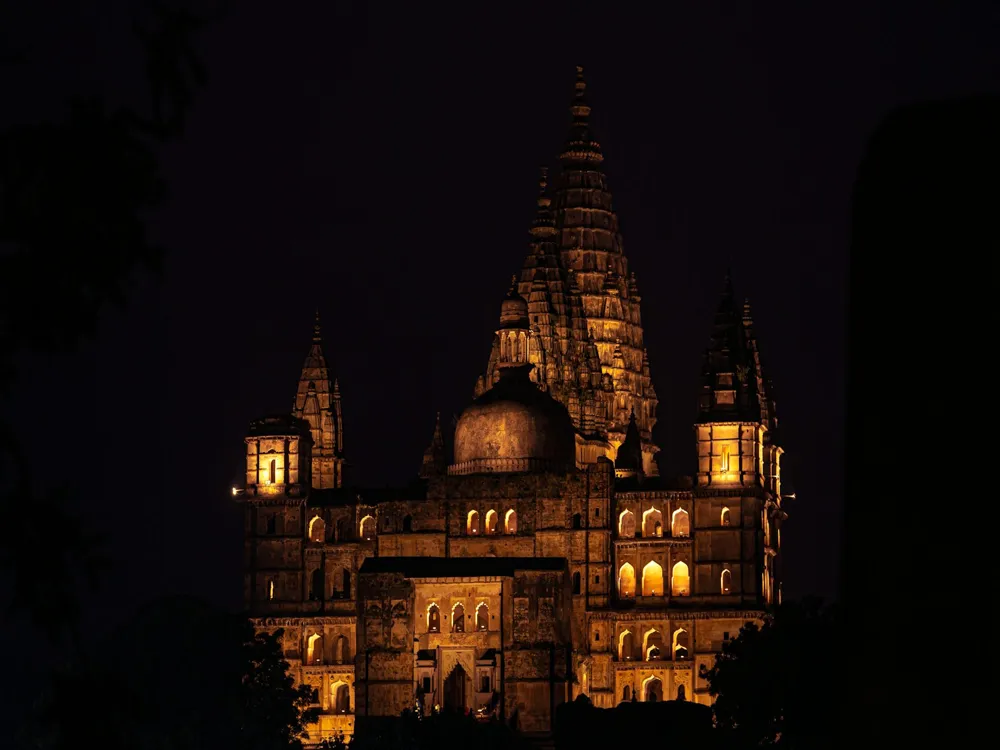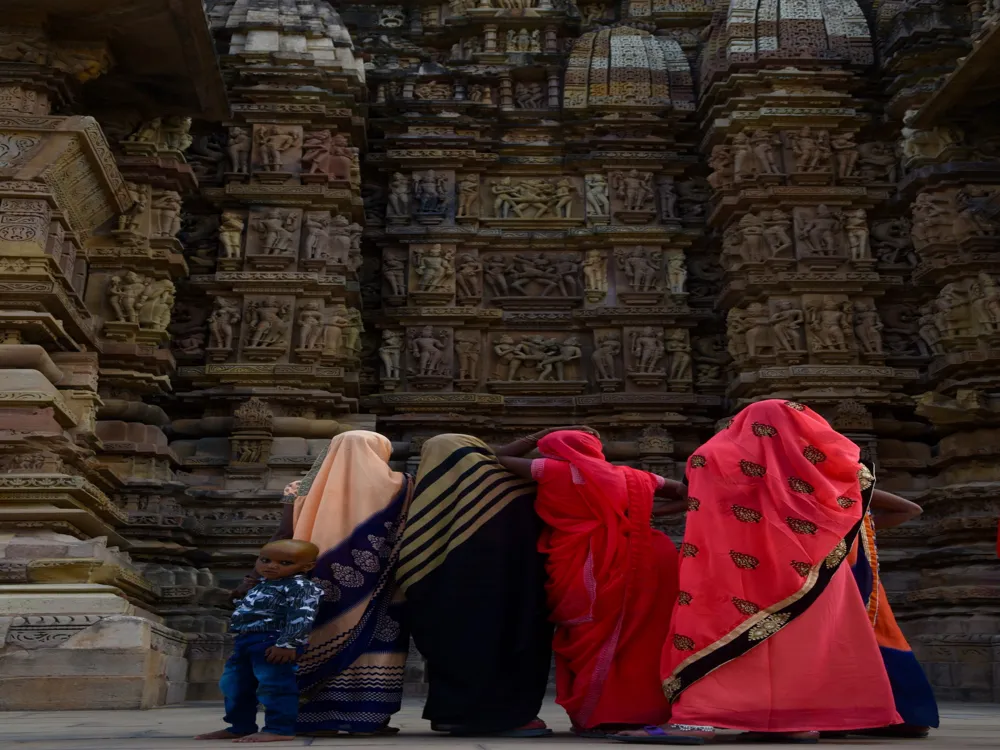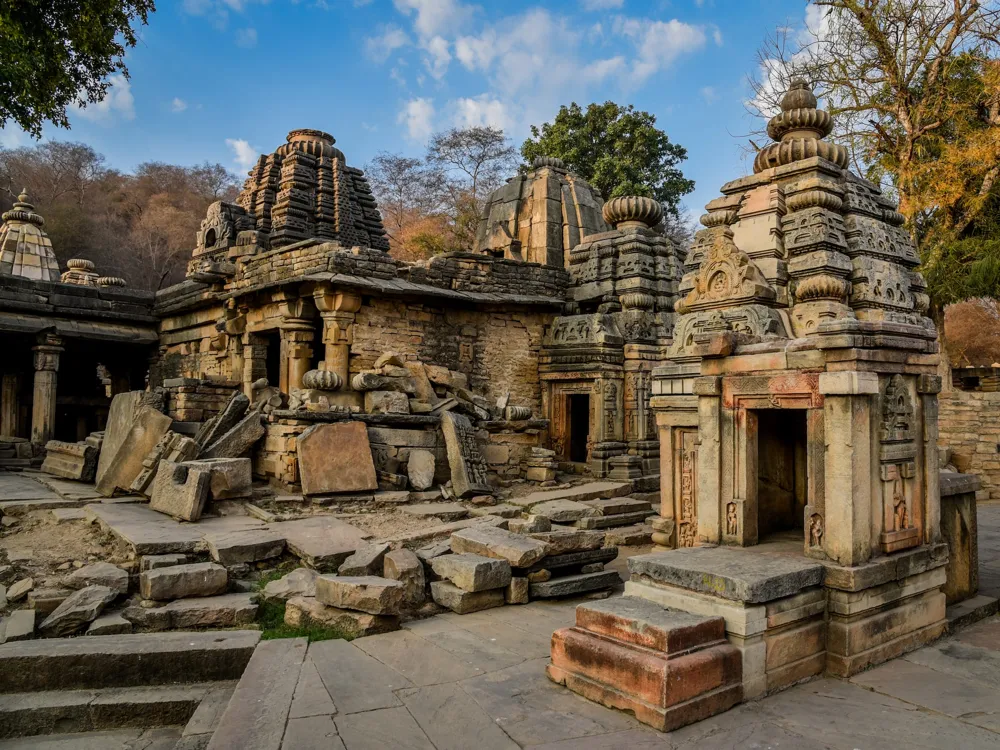The Parichha Dam, a significant feat of engineering, stands proudly in the Jhansi district of Uttar Pradesh, India. This dam is not just an essential source of water for the region but also a popular tourist attraction. Built across the Betwa River, it plays a crucial role in irrigation and power generation. The dam's picturesque surroundings, coupled with its strategic importance, make it a noteworthy destination for both tourists and locals. Spanning a considerable area, the Parichha Dam is instrumental in the life of the people of Uttar Pradesh. It provides a reliable source of water for agricultural activities, which is a lifeline for the predominantly agrarian communities in the area. Furthermore, the dam contributes significantly to the state's power supply, harnessing hydroelectric power to feed into the grid. The reservoir formed by the dam is equally remarkable, creating a serene and scenic spot ideal for picnics and leisure activities. Beyond its utilitarian aspects, Parichha Dam is steeped in history and culture. The region around Jhansi is rich in tales of bravery and heritage, with the dam adding a modern chapter to this storied tapestry. Visitors to the dam can not only enjoy the scenic beauty and the engineering marvel but also immerse themselves in the local culture and history of Jhansi, making it a well-rounded experience. The architecture of Parichha Dam is a testament to modern engineering and design. Constructed with an eye for both functionality and sustainability, the dam features state-of-the-art technology in hydroelectric power generation and water management. The structure's robust design ensures it withstands the region's climatic variations, from scorching summers to monsoon floods. The dam's design is a harmonious blend of technical prowess and environmental consideration. It comprises a series of gates that regulate water flow, ensuring optimal utilization for irrigation and power generation while preventing flood situations. The spillway design is a marvel in itself, efficiently managing excess water during heavy rains. Moreover, the architectural design of the Parichha Dam takes into account the ecological impact. Efforts have been made to minimize disruption to the local flora and fauna, preserving the natural beauty of the Betwa River. This careful planning extends to the reservoir area, which has been developed into a recreational space, providing a sanctuary for various bird species and a peaceful retreat for visitors. The ideal time to visit Parichha Dam is between October and March. During these months, the weather is pleasant, making it perfect for outdoor activities and sightseeing. Visitors can indulge in boating, picnicking by the reservoir, and bird watching. The lush green surroundings provide a great backdrop for photography enthusiasts. It's important to follow safety guidelines, especially when near the water. Visitors should adhere to the designated areas and keep a safe distance from the dam structure. Respecting the local culture and environment is crucial. Visitors are encouraged to maintain cleanliness and avoid littering to preserve the natural beauty of the area. Parichha Dam is well-connected and easily accessible. The nearest major city is Jhansi, which is well-served by road and rail. Visitors can take a bus or hire a taxi from Jhansi to reach the dam. For those traveling by air, the nearest airport is in Gwalior, from where one can take a train or a taxi to Jhansi and subsequently to Parichha Dam. Read MoreOverview of Parichha Dam in Jhansi, Uttar Pradesh
Architecture of Parichha Dam
Tips When Visiting Parichha Dam
Best Time to Visit
Activities to Enjoy
Safety Measures
Local Etiquette
How To Reach Parichha Dam
Parichha Dam
Jhansi
Uttar Pradesh
NaN onwards
View jhansi Packages
Weather :
Tags : Dam
Timings : 9:00 AM - 6:00 PM
Time Required : 1-2 hours
Entry Fee : INR 50 for boating
Planning a Trip? Ask Your Question
Jhansi Travel Packages
View All Packages For Jhansi
Top Hotel Collections for Jhansi

Private Pool

Luxury Hotels

5-Star Hotels

Pet Friendly
Top Hotels Near Jhansi
Other Top Ranking Places In Jhansi
View All Places To Visit In jhansi
View jhansi Packages
Weather :
Tags : Dam
Timings : 9:00 AM - 6:00 PM
Time Required : 1-2 hours
Entry Fee : INR 50 for boating
Planning a Trip? Ask Your Question
Jhansi Travel Packages
View All Packages For Jhansi
Top Hotel Collections for Jhansi

Private Pool

Luxury Hotels

5-Star Hotels

Pet Friendly







